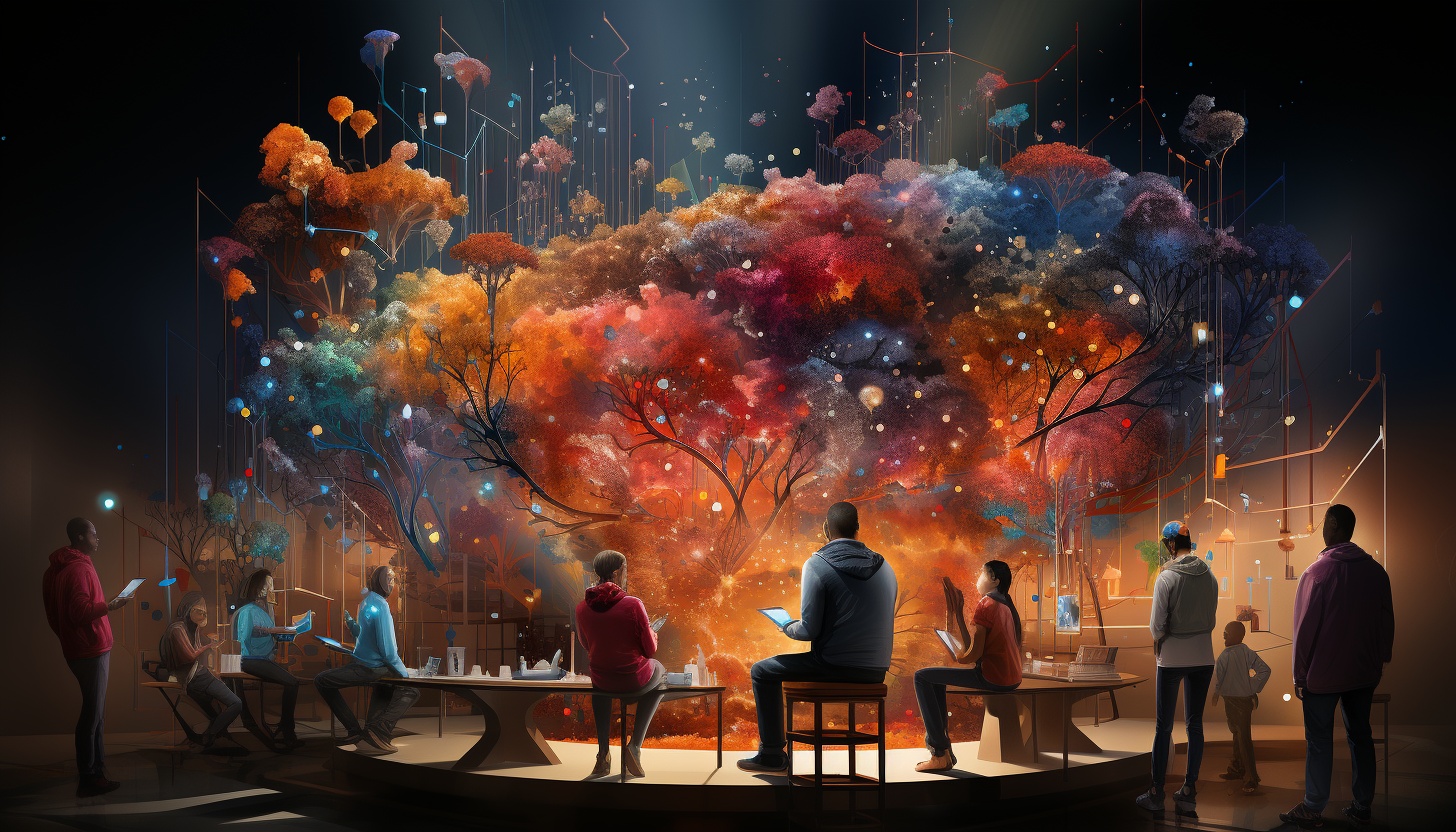
The Science of Attraction: Understanding the Psychology Behind What Attracts Us
Do you ever wonder why you’re attracted to certain people and not others? The science of attraction holds the answers you’re seeking. By understanding the psychology behind what attracts us, you can gain a deeper insight into the complexities of human connection.
This article explores the power of physical appearance, the role of personality traits, the influence of social and cultural factors, the impact of similarity and familiarity, and the importance of non-verbal communication. Get ready to uncover the secrets of attraction.
The Power of Physical Appearance

Your physical appearance plays a significant role in attracting others. Numerous studies have shown that humans are naturally drawn to individuals who possess certain physical traits. For instance, research has consistently demonstrated that symmetrical faces are perceived as more attractive. This may be because facial symmetry is an indicator of good health and genetic fitness. In addition to symmetry, other physical features such as clear skin, shiny hair, and a fit body are also commonly associated with attractiveness. These traits are believed to signal overall health and reproductive fitness, making individuals with these features more desirable as potential mates.
However, it’s important to note that physical appearance isn’t the sole determinant of attraction. While it may initially catch someone’s attention, it’s the role of personality traits that ultimately fosters genuine connections. Personality traits such as kindness, humor, and confidence have been shown to play a crucial role in long-term relationship satisfaction. In fact, research suggests that individuals who possess these traits are more likely to be perceived as attractive and desirable partners.
The Role of Personality Traits

Personality traits play a pivotal role in fostering genuine connections and attracting others, complementing the significance of physical appearance. While physical attractiveness may initially catch someone’s eye, it is often the personality that keeps them interested and engaged. Research has shown that certain personality traits can have a strong impact on interpersonal relationships and overall attractiveness.
To better understand the role of personality traits in attraction, let’s take a look at a table that highlights some key traits and their corresponding effects:
| Personality Trait | Effect on Attraction |
|---|---|
| Confidence | Confidence exudes a sense of self-assuredness that can be highly appealing to others. It signals a person’s ability to handle challenges and instills a sense of security. |
| Kindness | Kindness is universally attractive. It demonstrates empathy, compassion, and a genuine concern for others, making someone more likable and approachable. |
| Sense of Humor | A good sense of humor is often seen as a desirable trait. It not only helps to create a positive and enjoyable atmosphere but also indicates intelligence and wit. |
These are just a few examples, but there are many other personality traits that can influence attraction, such as intelligence, emotional stability, and openness. It is important to note that everyone has different preferences, and what may attract one person may not attract another. However, cultivating positive personality traits can undoubtedly enhance one’s overall attractiveness and create deeper connections with others.
The Influence of Social and Cultural Factors

When it comes to attraction, social and cultural factors play a significant role in shaping our preferences and influencing who we find appealing. These factors can vary across different societies and cultures, leading to diverse standards of beauty and desirability. Here are three ways in which social and cultural factors influence our attraction:
– Media Influence: The media, including television, movies, and magazines, often portray certain physical features and behaviors as desirable. This constant exposure can shape our perception of attractiveness and influence our preferences. For example, in Western cultures, a slim body type for women and a muscular physique for men are often promoted as ideals of beauty.
– Social Norms: Society sets certain standards of attractiveness, and individuals tend to conform to these norms. For instance, in some cultures, fair skin is considered more desirable, while in others, darker skin tones are preferred. These social norms can strongly influence our judgments of attractiveness and affect our choices in partners.
– Cultural Values: Cultural values and beliefs also play a role in shaping our preferences. For example, in collectivist cultures, where the needs of the group are prioritized over individual desires, qualities such as kindness, loyalty, and family orientation may be highly valued and sought after in a partner.
Understanding the influence of social and cultural factors on attraction is crucial for comprehending the complexities of human mate selection. It highlights the importance of considering these factors when studying and analyzing attraction patterns.
Moving forward, it’s essential to explore the impact of similarity and familiarity on attraction.
The Impact of Similarity and Familiarity

Continuing from the previous discussion on the influence of social and cultural factors, let’s now explore the impact of similarity and familiarity on attraction.
When it comes to attraction, people tend to be drawn to others who are similar to themselves in various ways. Research has shown that individuals are more likely to form relationships with those who share similar attitudes, values, beliefs, and interests. This phenomenon, known as the similarity-attraction effect, suggests that we’re attracted to people who mirror our own characteristics because it validates our worldview and enhances our self-esteem.
Furthermore, familiarity also plays a significant role in attraction. Familiarity breeds liking, as people tend to prefer the company of those they’re familiar with. This concept, known as the mere-exposure effect, suggests that repeated exposure to a stimulus, such as a person, leads to increased liking and attraction. Psychologists believe that this effect occurs because familiarity reduces uncertainty and anxiety, making it easier for individuals to feel comfortable and connected with others.
The Importance of Non-Verbal Communication

To truly understand attraction, it’s essential to recognize the significant role that non-verbal communication plays in forming connections. While verbal communication is important, research has shown that non-verbal cues often have a greater impact on our attraction to others.
Here are three key reasons why non-verbal communication is so important in the realm of attraction:
– Body Language: Our body language can convey a wealth of information about our feelings and intentions. From posture to facial expressions, these non-verbal cues can communicate interest, confidence, and even compatibility. For example, maintaining eye contact and open body postures can signal interest and approachability.
– Tone of Voice: The way we speak, including our tone, pitch, and rhythm, can greatly influence how others perceive us. A warm and pleasant tone of voice can create a positive impression and foster attraction. On the other hand, a harsh or monotone voice may be off-putting.
– Physical Touch: Physical touch is a powerful form of non-verbal communication that can stimulate attraction and intimacy. Light touches on the arm or shoulder can convey interest and establish a connection. However, it’s important to note that consent and comfort should always be respected.
Conclusion
In conclusion, the psychology behind attraction is a complex and multifaceted subject. While physical appearance undoubtedly plays a role in initial attraction, it’s just one piece of the puzzle. Personality traits, social and cultural factors, and similarity also heavily influence our attraction to others.
Additionally, non-verbal communication plays a crucial role in establishing and deepening connections. Understanding these factors can help us navigate the intricate world of attraction and build meaningful relationships.
So next time you find yourself drawn to someone, consider the multitude of factors at play and embrace the power of coincidence in bringing you together.






